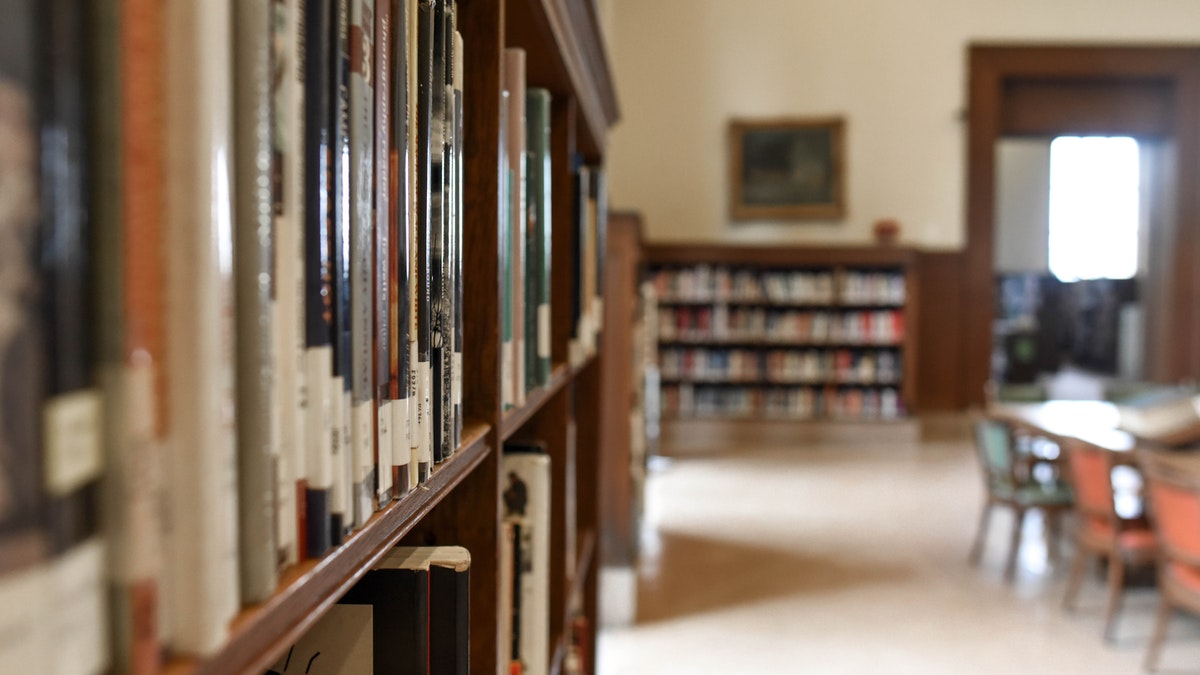One type of polynomial is the quadratic polynomial of the form ax2 + bx + c, a ≠ 0. When you equate this polynomial to zero, you get a quadratic equation. Quadratic equations come up when you deal with many real-life situations.
Articles
Euclid’s division algorithm, as the name suggests, has to do with divisibility of integers. Stated simply, it says any positive integer a can be divided by another positive integer b in such a way that it leaves a remainder r that is smaller than b.
Trigonometry is one of the most ancient subjects studied by scholars all over the world. Trigonometry was invented because its need arose in astronomy. Since then the astronomers have used it, for instance, to calculate distances from the Earth to the planets and stars.
The word ‘trigonometry’ is derived from the Greek words ‘tri’ (meaning three), ‘gon’ (meaning sides) and ‘metron’ (meaning measure). trigonometry is the study of relationships between the sides and angles of a triangle.
A polynomial p(x) in one variable x is an algebraic expression in x of the form
An equation of the form ax + by + c = 0, where a, b and c are real numbers, such that a and b are not both zero, is called a linear equation in two variables. A linear equation in two variables has infinitely many solutions.
A number r is called a rational number, if it can be written in the form p/q, where p and q are integers and q ≠ 0. A number s is called a irrational number, if it cannot be written in the form p/q, where p and q are integers and q ≠ 0.
So far, you have been dealing with figures that can be easily drawn on our notebooks or blackboards. These are called plane figures.
Light seems to travel in straight lines. Mirrors and lenses form images of objects. Images can be either real or virtual, depending on the position of the object.
Carbon is a versatile element that forms the basis for all living organisms and many of the things we use. This large variety of compounds is formed by carbon because of its tetravalency and the property of catenation that it exhibits.
A compass needle is a small magnet. Its one end, which points towards north, is called a north pole, and the other end, which points towards south, is called a south pole. A magnetic field exists in the region surrounding a magnet, in which the force of the magnet can be detected.
Control and coordination are the functions of the nervous system and hormones in our bodies. The responses of the nervous system can be classified as reflex action, voluntary action or involuntary action.
Acid-base indicators are dyes or mixtures of dyes which are used to indicate the presence of acids and bases. Acidic nature of a substance is due to the formation of H+ (aq) ions in solution. Formation of OH– (aq) ions in solution is responsible for the basic nature of a substance.
Motion is a change of position. It can be described in terms of the distance moved or the displacement. The motion of an object could be uniform or non-uniform depending on whether its velocity is constant or changing.
Work done on an object is defined as the magnitude of the force multiplied by the distance moved by the object in the direction of the applied force. The unit of work is joule: 1 joule = 1 newton × 1 metre.
The law of gravitation states that the force of attraction between any two objects is proportional to the product of their masses and inversely proportional to the square of the distance between them. The law applies to objects anywhere in the universe. Such a law is said to be universal.
Sum of the
If a ray stands on a line, then the sum of the two adjacent angles so formed is 180° and vice-versa. This property is called as the Linear pair axiom. If two lines intersect each other, then the vertically opposite angles are equal.
Movement of various types can be taken as an indication of life. Maintenance of life requires processes like nutrition, respiration, transport of materials within the body and excretion of waste products.
A complete chemical equation represents the reactants, products and their physical states symbolically. A chemical equation is balanced so that the numbers of atoms of each type involved in a chemical reaction are the same on the reactant and product sides of the equation. Equations must always be balanced.
Variations arising during the process of reproduction can be inherited. These variations may lead to increased survival of the individuals. Sexually reproducing individuals have two copies of genes for the same trait. If the copies are not identical, the trait that gets expressed is called the dominant trait and the other is called the recessive trait.
Elements can be classified as metals and non-metals. Metals are lustrous, malleable, ductile and are good conductors of heat and electricity. They are solids at room temperature, except mercury which is a liquid. Metals can form positive ions by losing electrons to non-metals.
A stream of electrons moving through a conductor constitutes an electric current. Conventionally, the direction of current is taken opposite to the direction of flow of electrons. The SI unit of electric current is ampere.
Sound is produced due to vibration of different objects. Sound travels as a longitudinal wave through a material medium. Sound travels as successive compressions and rarefactions in the medium. In sound propagation, it is the energy of the sound that travels and not the particles of the medium. Sound cannot travel in vacuum.
The fundamental organisational unit of life is the cell. Cells are enclosed by a plasma membrane composed of lipids and proteins. The cell membrane is an active part of the cell. It regulates the movement of materials between the ordered interior of the cell and the outer environment.
Credit for the discovery of electron and proton goes to J.J.Thomson and E.Goldstein, respectively. J.J. Thomson proposed that electrons are embedded in a positive sphere. Rutherford’s alpha-particle scattering experiment led to the discovery of the atomic nucleus.
During a chemical reaction, the sum of the masses of the reactants and products remains unchanged. This is known as the Law of Conservation of Mass.
First law of motion: An object continues to be in a state of rest or of uniform motion along a straight line unless acted upon by an unbalanced force.
Tissue is a group of cells similar in structure and function. Plant tissues are of two main types - meristematic and permanent.
Matter is made up of small particles. The matter exists in three states - solid, liquid and gas. The forces of attraction between the particles are maximum in solids, intermediate in liquids and minimum in gases.
Much of mathematics is about finding a pattern - a recognisable link between quantities that change. In our daily life, we come across many patterns that characterise relations such as brother and sister, father and son, teacher and student.
The word ‘trigonometry’ is derived from the Greek words ‘trigon’ and ‘metron’ and it means ‘measuring the sides of a triangle’. The subject was originally developed to solve geometric problems involving triangles.
The equation x2 + 1 = 0 has no real solution as x2 + 1 = 0 gives x2 = -1 and square of every real number is non-negative.
If we interchange any two rows (or columns), then sign of determinant changes. If any two rows or any two columns are identical or proportional, then value of determinant is zero.
A real valued function is continuous at a point in its domain if the limit of the function at that point equals the value of the function at that point. A function is continuous if it is continuous on the whole of its domain.
If a quantity y varies with another quantity x, satisfying some rule y = f(x), then f'(x) represents the rate of change of y with respect to x.
Differential Calculus is centred on the concept of the derivative. The original motivation for the derivative was the problem of defining tangent lines to the graphs of functions and calculating the slope of such lines.
In geometry, we have learnt formulae to calculate areas of various geometrical figures including triangles, rectangles, trapezias and circles. Such formulae are fundamental in the applications of mathematics to many real life problems.
In Class XI and in Chapter 5 of the present book, we discussed how to differentiate a given function f with respect to an independent variable, i.e., how to find f'(x) for a given function f at each x in its domain of definition.
In our day to day life, we come across many queries such as - What is your height? How should a football player hit the ball to give a pass to another player of his team? Observe that a possible answer to the first query may be 1.6 meters, a quantity that involves only one value (magnitude) which is a real number. Such quantities are called scalars.
In Class XI, while studying Analytical Geometry in two dimensions, and the introduction to three dimensional geometry, we confined to the Cartesian methods only. In the previous chapter of this book, we have studied some basic concepts of vectors.
In earlier classes, we have discussed systems of linear equations and their applications in day to day problems. In Class XI, we have studied linear inequalities and systems of linear inequalities in two variables and their solutions by graphical method. Many applications in mathematics involve systems of inequalities or equations.
In earlier Classes, we have studied the probability as a measure of uncertainty of events in a random experiment. We discussed the axiomatic approach formulated by Russian Mathematician, A.N. Kolmogorov (1903-1987) and treated probability as a function of outcomes of the experiment.
In this chapter, you study different types of relations and equivalence relation, composition of functions, invertible functions and binary operations.
In Chapter 1, we have studied that the inverse of a function f, denoted by f–1, exists if f is one-one and onto. There are many functions which are not one-one, onto or both and hence we can not talk of their inverses.
A matrix is an ordered rectangular array of numbers or functions. A matrix having m rows and n columns is called a matrix of order m × n.
All organisms are made of cells or aggregates of cells. Cells vary in their shape, size and activities/functions. Based on the presence or absence of a membrane bound nucleus and other organelles, cells and hence organisms can be named as eukaryotic or prokaryotic.
Although there is a bewildering diversity of living organisms, their chemical composition and metabolic reactions appear to be remarkably similar. The elemental composition of living tissues and non-living matter appear also to be similar when analysed qualitatively. However, a closer examination reveals that the relative abundance of carbon, hydrogen and oxygen is higher in living systems when compared to inanimate matter.
Green plants make their own food by photosynthesis. During this process carbon dioxide from the atmosphere is taken in by leaves through stomata and used for making carbohydrates, principally glucose and starch.
Plants unlike animals have no special systems for breathing or gaseous exchange. Stomata and lenticels allow gaseous exchange by diffusion. Almost all living cells in a plant have their surfaces exposed to air.





















